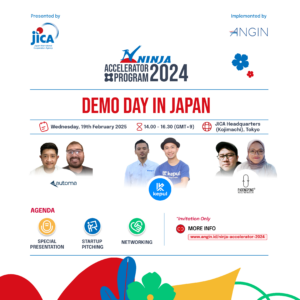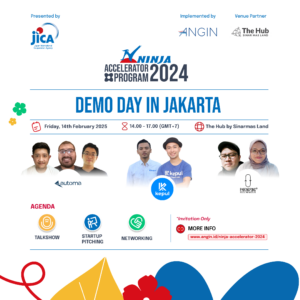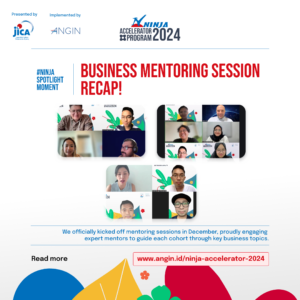[et_pb_section bb_built=”1″ admin_label=”section” transparent_background=”off” allow_player_pause=”off” inner_shadow=”off” parallax=”off” parallax_method=”off” padding_mobile=”off” make_fullwidth=”off” use_custom_width=”off” width_unit=”on” make_equal=”off” use_custom_gutter=”off” custom_padding_tablet=”50px|0|50px|0″ custom_padding_last_edited=”on|desktop”][et_pb_row background_position=”top_left” background_repeat=”repeat” background_size=”initial”][et_pb_column type=”4_4″][et_pb_post_title title=”on” meta=”on” author=”on” date=”on” categories=”on” comments=”off” featured_image=”off” featured_placement=”below” parallax_effect=”on” parallax_method=”on” text_orientation=”left” text_color=”dark” text_background=”off” module_bg_color=”rgba(255,255,255,0)” border_style=”solid” _builder_version=”3.0.60″ background_color=”rgba(255,255,255,0)” parallax=”on” /][/et_pb_column][/et_pb_row][et_pb_row admin_label=”row” background_position=”top_left” background_repeat=”repeat” background_size=”initial”][et_pb_column type=”4_4″][et_pb_image show_in_lightbox=”off” url_new_window=”off” use_overlay=”off” sticky=”off” align=”center” force_fullwidth=”off” always_center_on_mobile=”on” use_border_color=”on” border_color=”#f2f2f2″ border_style=”solid” max_width=”1000px” src=”//angin.id/wp-content/uploads/2017/12/Screen-Shot-2017-12-18-at-5.21.21-AM.png” _builder_version=”3.0.75″ animation_style=”slide” animation_duration=”500ms” animation_intensity_slide=”10%” animation_direction=”left” show_bottom_space=”on” /][et_pb_text admin_label=”News Content” background_layout=”light” text_orientation=”justified” border_style=”solid” custom_padding=”20px|20px|20px|20px” background_position=”top_left” background_repeat=”repeat” background_size=”initial” _builder_version=”3.0.75″]
Project Sage pulled together scattered and fragmented information on gender lens investment*.
Suzanne Biegel, a Senior Gender Lens Investing Advisor at Wharton Social Impact Initiative at the Wharton School, University of Pennsylvania, together with her team at Wharton Social Impact Initiative, recently published a report titled Project Sage, providing a landscape analysis of private equity funds** with a gender lens. Suzanne’s comprehensive report tracked down a total of 58 private equity, venture capital, and debt funds in a global market that publicly state the use of a gender lens.
You can read the key summary below or download the report from this link.
[/et_pb_text][et_pb_text admin_label=”News Content” background_layout=”light” text_orientation=”justified” border_style=”solid” custom_padding=”20px|20px|20px|20px” background_position=”top_left” background_repeat=”repeat” background_size=”initial” _builder_version=”3.0.75″ background_color=”rgba(222,248,249,0.85)” module_alignment=”justified”]
KEY TAKEAWAYS
- USD 1.3Bn funds have been raised since 2004. Each has a fund size between USD 1Mn to USD 400Mn. Of all 58 funds, 40 percent have fully closed their fund target.
- More than half of the funds have women partners. Around 59 percent of the studied funds have women as venture partners and/ or investment committees; a significant difference from the industry standard which falls at 7 percent.
- Most of the funds remains centralized in the U.S. 47 funds were recorded to be based in the U.S. and mostly deployed domestically (82 percent). Meanwhile, only two funds are present in South East Asia, Patamar Capital, and Lotus Fund
- 650 enterprises across multiple sectors have been financed. 18 funds claimed to be sector agnostic or diversified, while majority focused on technology (32) and healthcare (17).
- Several funds have innovative investment models. From collaborative VC funds (e.g. Next Wave Impact Fund, Rising Tide Europe 2), funds connected directly to accelerators (e.g. MergeLane, JumpFund), to public funds or funds with government involvement (e.g ImpactNH, StandUp Ventures1). Although so, most of these innovative vehicles are present in the U.S.
[/et_pb_text][et_pb_text admin_label=”News Content” background_layout=”light” text_orientation=”justified” border_style=”solid” custom_padding=”20px|20px|20px|20px” background_position=”top_left” background_repeat=”repeat” background_size=”initial” _builder_version=”3.0.75″]
___________________________
*Gender lens investment: Gender lens investing is the deliberate incorporation of gender factors into investment analysis and decisions. It is also the deliberate use of capital to improve the lives of women and girls and/or to get capital to companies, funds, and investment vehicles with a focus on women throughout value chains, products and services, or leadership.
**Private equity funds: Private equity is capital that is directed to companies not listed on a public exchange. Private equity is composed of funds that directly invest in private companies, or that engage in buyouts of public companies, resulting in the delisting of public equity.
[/et_pb_text][/et_pb_column][/et_pb_row][/et_pb_section]




